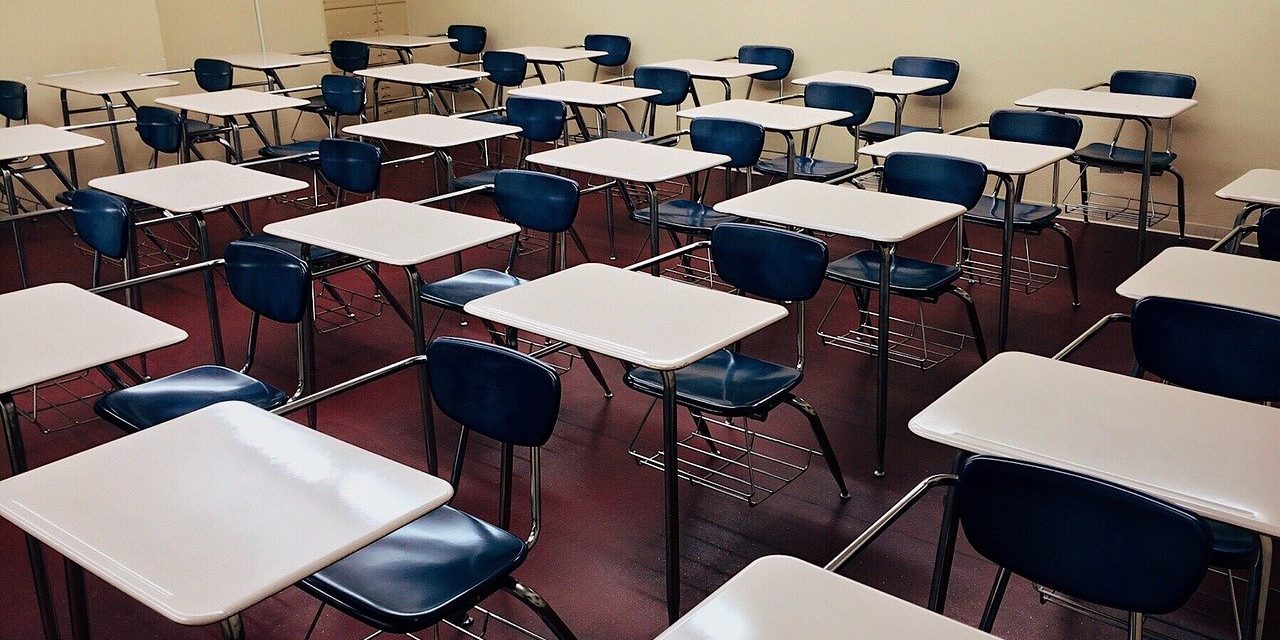School Reopening Deal Designed to Incentivize School Districts
California Gov. Gavin Newsom and legislative leaders on Monday announced a $6.6 billion school reopening deal aimed at returning students to classrooms in the nation’s most populous state.
Most students have been out of school and learning online since last March because of the coronavirus and finding a way to return them to the classroom has been elusive.
The deal is drawing criticism from Sen. Melissa Melendez, R-Lake Elsinore.
“I’m glad to see the Governor has finally publicly acknowledged the unspeakable harm he has caused students in keeping schools closed for a year by placing $4.6B in the budget to address their mental health needs. This bill is being touted as the result of negotiations between the legislature and the Governor, but the reality is the bill is the result of hostage negotiations between the teachers union and the Governor.”
Assembly Bill (AB) 86 provides $6.8 billion in funds to schools as incentive to provide in-person instruction rather than solely distance learning. In order to have access to the additional funding, schools must provide in-person instruction at least once a week. AB 86 does not require any school to reopen.
School districts in California are locally controlled, meaning the state can’t force them to resume in-person instruction. But it can incentivize them. The plan provides $6.6 billion collectively for districts.
Those that resume in-person instruction by March 31 can tap into $2 billion in extra funding. The longer a district waits to offer students the chance to return to the classroom, the less money it gets.
The other $4.6 billion goes to expanded educational services and other programs to support kids’ well-being and mitigate learning loss. The money could be used to extend the school year or fund summer school programs. Districts could also tap this money to keep supporting distance learning, as most schools won’t have the space to bring all students back to class full-time.
Any district that wants the money must allow for the return of certain students, regardless of grade, including those who are homeless, those with disabilities, those who lack access to technology at home or other vulnerable groups.
California divides its counties into four color-coded tiers based on the spread of the virus and other factors. Purple is the most restrictive, yellow the least.
Districts must offer in-person instruction for students in transitional kindergarten through grade 2 in districts in the purple tier once county case rates drop below 25 new cases per 100,000 people per day. Once a county reaches the red tier, districts must offer in-person instruction for students in transitional kindergarten through grade 6, as well as at least one grade of middle and high school. Parents can choose to continue distance learning.
There is no minimum requirement for acceptable in-person instruction. Newsom said Monday he thinks once districts start to allow some students back, they will be more comfortable bringing more students in. But local districts and unions will ultimately decide on a timeline and plan that works best.
Vaccinations for teachers are not required to return to in-person learning. But the plan writes into state law Newsom’s commitment to setting aside 10% of the state’s vaccine allocation, with a minimum of 75,000 doses per week for teachers.
Districts that return in the purple tier must provider regular testing of asymptomatic students and staff as well as testing for outbreaks and symptomatic people. But any district that comes up with a return to school plan by March 31 does not have to follow the asymptomatic testing requirement.
Two of California’s major teachers unions, the California Teachers Association and the California Federation of Teachers, praised the allocation of 10% of vaccines for educators.
Image Sources
- Classroom: Pixabay




![Enrolling Now, Rewarding Careers Ahead [Sponsored]](https://ukenreport.com/wp-content/uploads/2024/04/COD_heroes_1-1385-2-440x264.jpg)


